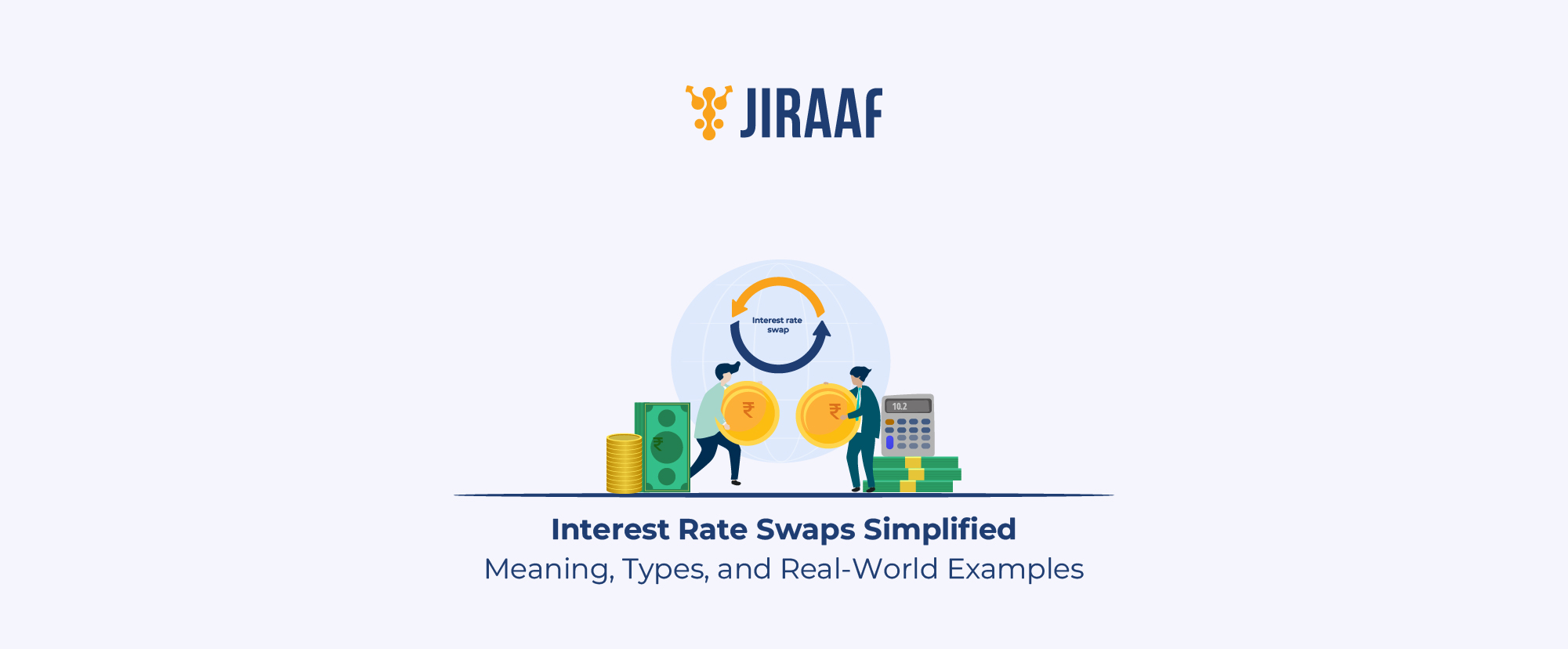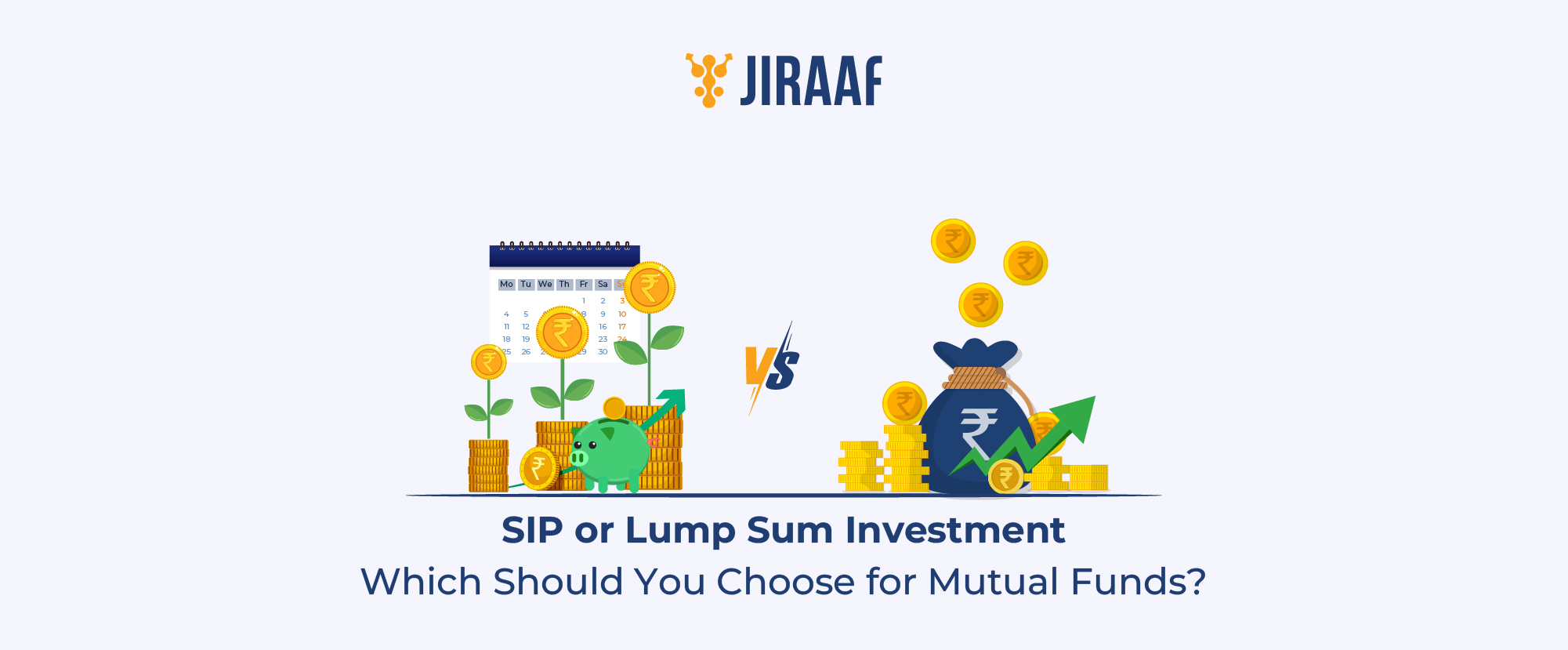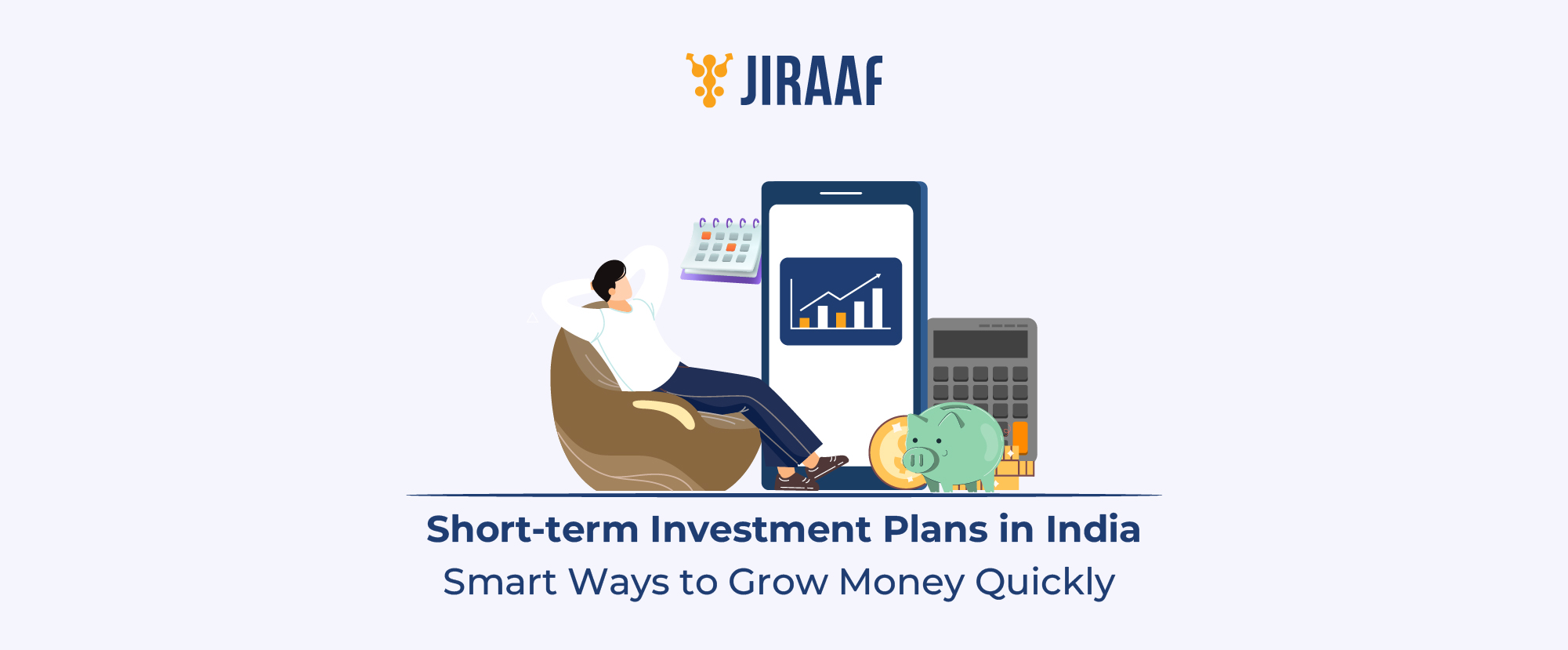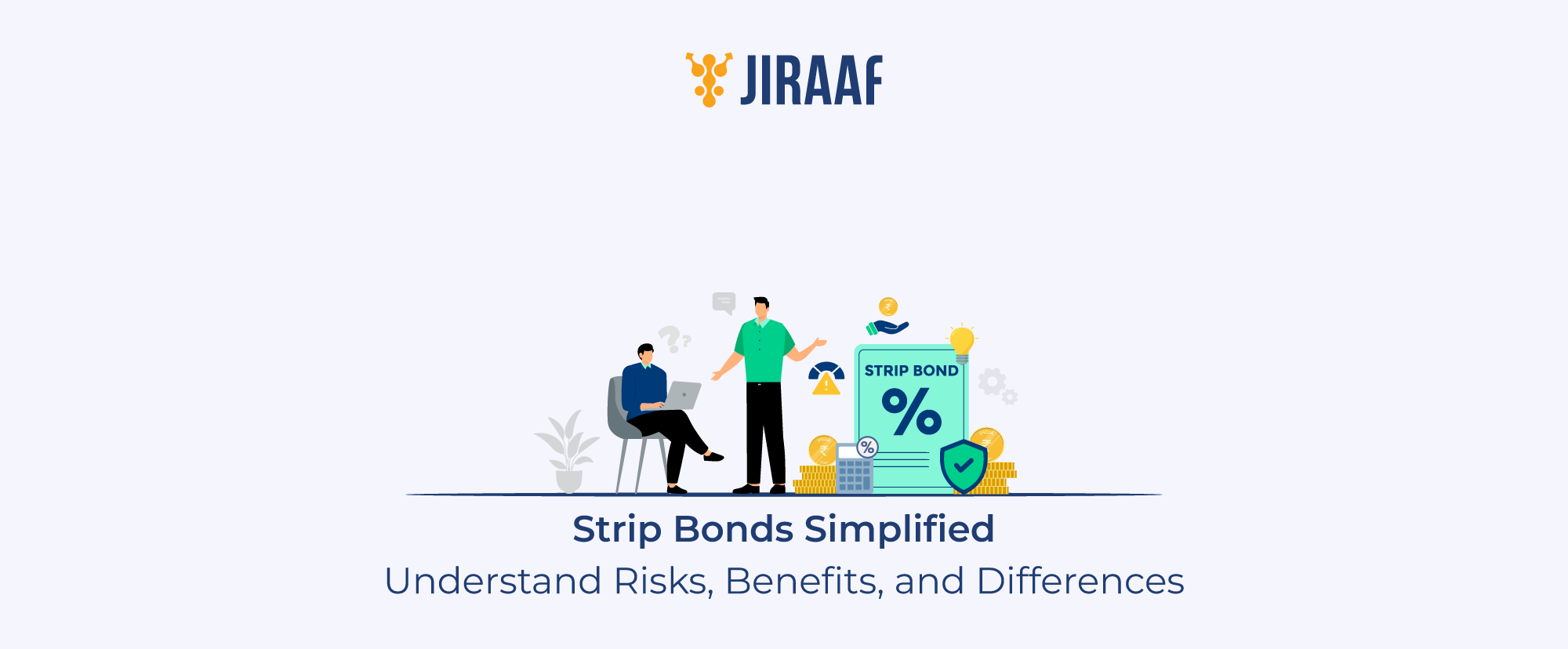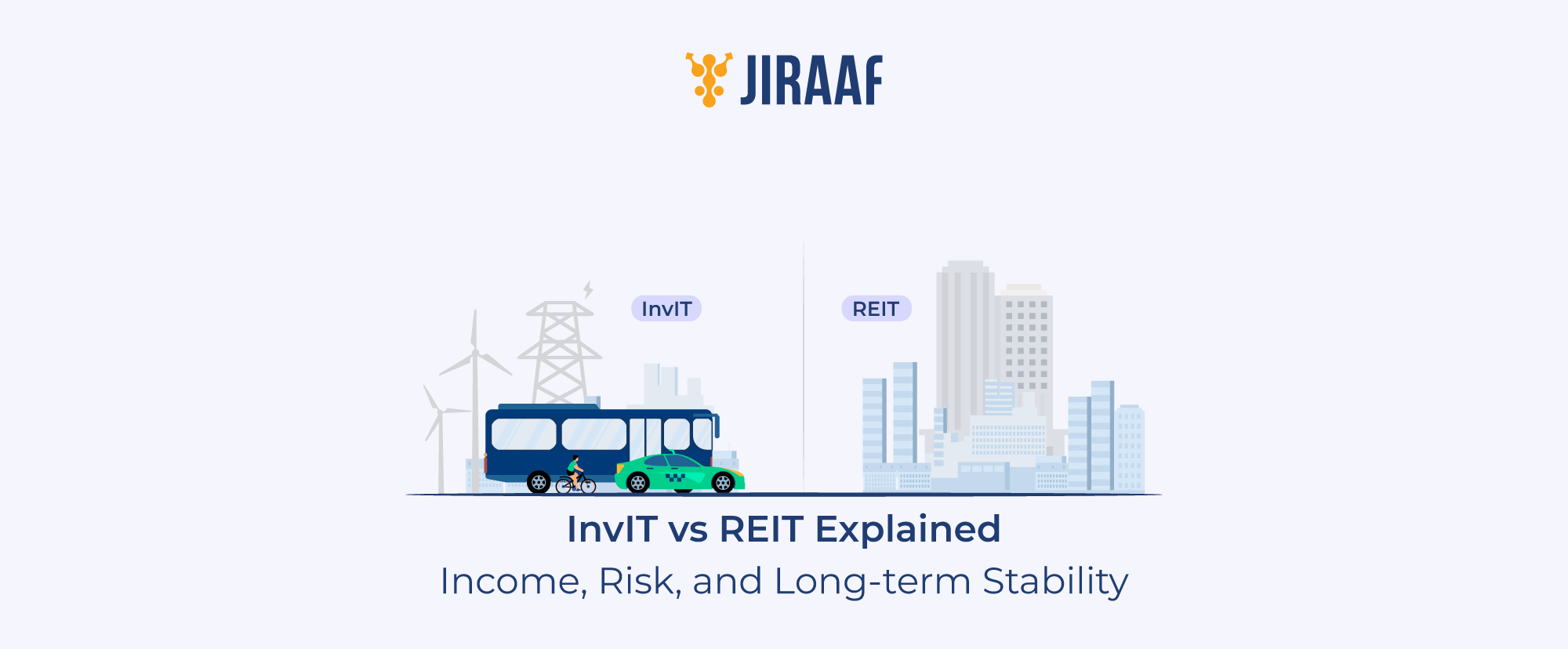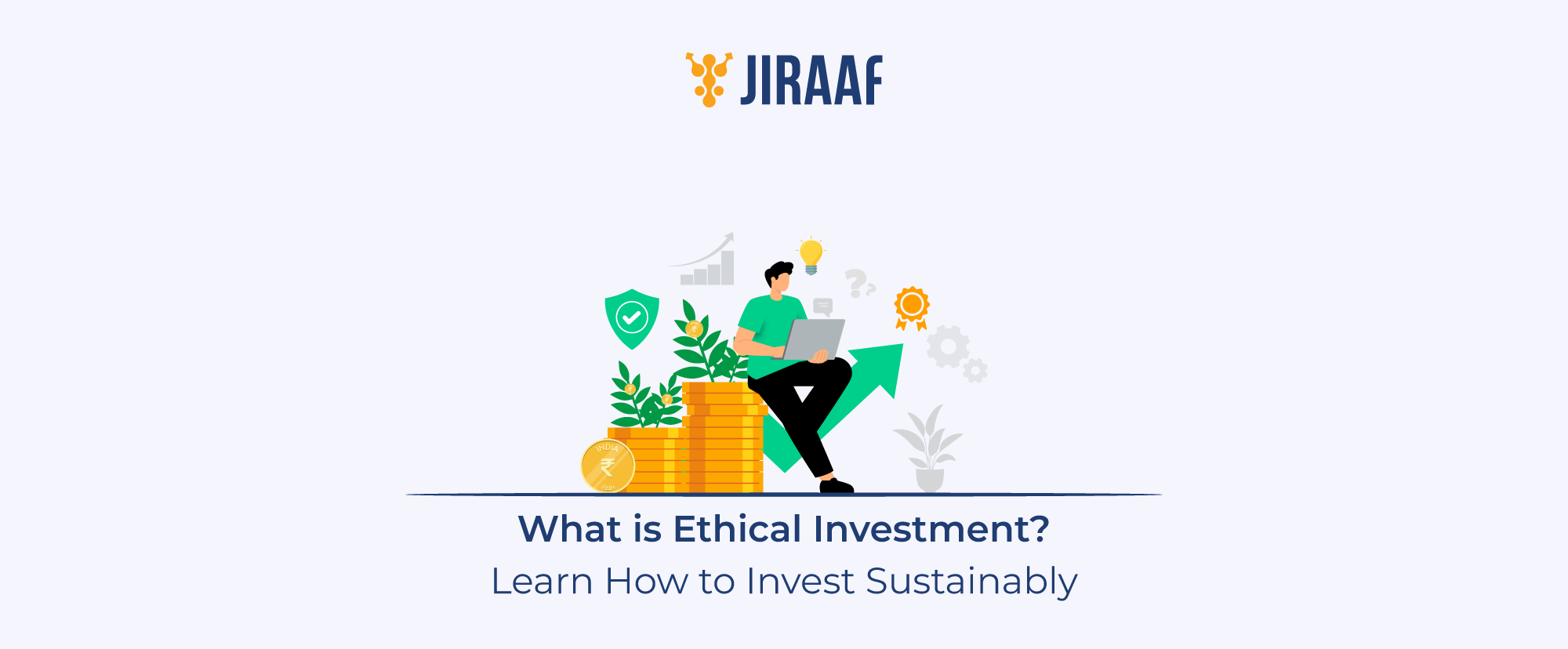Most of us have dealt with loans at some point, may it be a home loan, a car loan, a business loan, or for any other purpose. And if you’ve noticed, the interest rate you pay there affects your budget quite a lot.
Now imagine two companies: one has borrowed an amount at a fixed interest rate and the other at a floating rate. One is worried that rates might fall, and it will continue paying a higher cost, while the other fears that rates could rise and make repayments unpredictable. So, what do they do? They swap.
They do this to align their cash positions with their risk outlooks. Though it sounds like something only bankers deal with, swaps influence borrowing costs, corporate strategies, and even market interest rates that trickle down to the broader economy.
Before we dive into the technical side, let’s break it down simply: what exactly is an interest rate swap, how does it work, and why does it matter?
What is an Interest Rate Swap?
An interest rate swap is a contract where two parties agree to exchange interest cashflows on a specified notional amount for a set time. The notional principal itself never changes hands, only the interest cashflows are exchanged.
Key features
- Payments are based on a notional principal, not the actual exchange of capital.
- One side usually pays a fixed rate, while the other pays a floating rate linked to benchmarks like Secured Overnight Financing Rate (SOFR), Mumbai Interbank Offer Rate (MIBOR), or London Interbank Offered Rate (LIBOR).
- Settlements are typically netted, meaning only the difference in interest amounts is exchanged.
This gives both parties flexibility to reshape their debt obligations without changing the original loan. But to see its real impact, we need to understand how such a swap operates in practice.
How Interest Rate Swaps Work
At its core, an interest rate swap helps two parties manage different kinds of interest rate exposure and optimize their borrowing costs based on their strengths and expectations.
- A company with fixed-rate debt may prefer floating cash flows if it expects interest rates to fall—it wants to benefit from potentially lower payments in the future.
- A company with floating-rate debt, on the other hand, may prefer fixed cash flows if it expects interest rates to rise—it wants predictable and stable interest expenses.
But why would both agree to an agreement that seems to benefit one more? Wouldn’t one side “lose” if rates move the other way? Not necessarily.
Each company has a different borrowing advantage. For instance:
- The company with strong credit might get cheaper fixed-rate loans but expensive floating-rate terms.
- The other company might get favorable floating-rate terms but higher fixed-rate quotes.
By entering a swap, both leverage their natural advantage—each borrows where it’s cheapest for them and then uses the swap to get the exposure they actually want.
In this way, both parties reduce costs and risk without refinancing or taking new loans. The swap isn’t about guessing interest rate movements, it’s about efficiently aligning debt structures with market expectations and funding strengths.
In short, the swap converts one party’s exposure into another form without disturbing the underlying loan agreement. Let’s put this into numbers.
Interest Rate Swap Example
Consider two companies, each with loans structured differently:
- Company A has a loan of ₹10,00,000 at a fixed 8 percent per year.
- Company B has a loan of ₹12,00,000 at a floating rate of MIBOR plus 2 percentage points. Assume the current MIBOR is 8 percent, so B’s current floating rate is 10 percent (8 + 2).
- The two companies agree on a swap on the shared notional of ₹10,00,000. That is, they swap interest cash flows on ₹10 lakh. Company B keeps the remaining ₹2 lakh loan as-is and continues to pay interest on that part.
Each company continues to pay interest to its bank on its full loan. Separately, they exchange the net difference from the swap. This is the most common practical arrangement. And since these contracts can be structured in several ways, it’s worth exploring the common types.
Types of Interest Rate Swaps
Swaps are not one-size-fits-all. Depending on the need, companies can structure them in different ways.
- Fixed to Floating
One party pays fixed interest and receives floating interest. This is popular when borrowers believe floating rates will decline, lowering their overall cost of borrowing.
- Floating to Fixed
One party pays floating and receives fixed interest. Companies often use this when they expect interest rates to rise and want predictable, stable outflows.
- Floating to Floating (Basis Swaps)
Both sides pay floating interest, but it’s linked to different benchmarks. For example, one tied to MIBOR and the other to SOFR or LIBOR (LIBOR is being phased out). This helps reduce exposure to volatility in a specific benchmark.
Now that we know the different ways swaps can be structured, the natural question is—why do companies use them, and what trade-offs do they face? Let’s break down the benefits and the risks.
Benefits & Risks of Interest Rate Swaps
There are clear advantages that make swaps attractive, but at the same time, they come with their own set of challenges. Understanding both sides helps investors and businesses see the complete picture.
Benefits
- Flexibility in debt management: Companies can switch between fixed and floating rates depending on market expectations.
- Hedging against interest rate volatility: Swaps act as a tool to manage uncertainty in borrowing costs.
- Access to better terms: Sometimes, swaps allow firms to indirectly secure more favorable rates than they could get directly from lenders.
- Customization: Unlike standard products such as loans or bonds, swaps can be structured to suit borrowers’ specific financial needs.
Risks
- Market risk: If interest rates move opposite to expectations, the swap can generate losses instead of savings.
- Counterparty risk: Since swaps are often over-the-counter contracts, the risk of the other party defaulting cannot be ignored. Many are now cleared through central counterparties (CCPs) to mitigate this risk.
- Liquidity risk: Exiting a swap before maturity can be difficult and costly.
- Complexity: Swaps demand expertise. Misjudging market movements or terms can backfire for one or both parties involved.
Understanding benefits and risks sets the stage for a deeper question: how do institutions actually apply swaps in day-to-day finance?
Applications of Interest Rate Swaps in Finance
Swaps are not just theoretical contracts. They are widely used across industries to manage financial exposure.
- Corporate borrowing: Companies use swaps to stabilize debt servicing costs.
- Banks and NBFCs: Institutions hedge the mismatch between deposit inflows and loan outflows.
- Infrastructure projects: Projects with long horizons use swaps to maintain predictable interest costs.
- Investment portfolios: Asset managers rebalance exposures without restructuring holdings.
These applications explain why swaps are such an important part of modern finance. But should every borrower or investor think about using them? That leads us to the final question.
Conclusion: Should You Consider Interest Rate Swaps?
Interest rate swaps are powerful financial tools, but they are not meant for everyone. They make sense for companies, banks, and institutions that face large interest exposures and want stability in uncertain rate environments.
For individual investors, swaps are rarely a direct choice. Mutual funds, bonds, or fixed deposits usually serve their needs more efficiently.
The essence of swaps lies in risk management. If rates are uncertain and the stakes are high, swaps can provide clarity. But they demand expertise, foresight, and professional advice before taking the leap.
